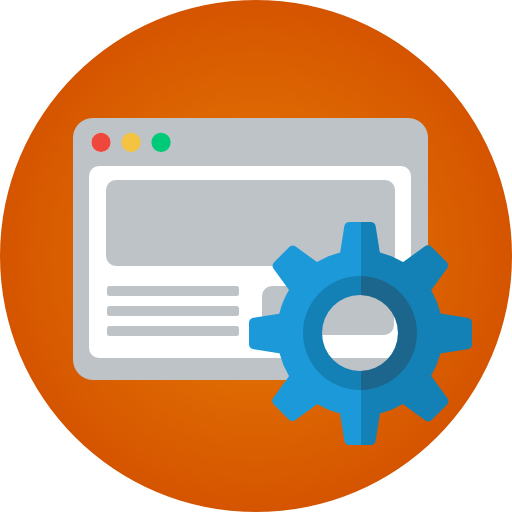It is impossible to see any business organization operating in today’s world without any sort of IT asset or equipment. Every enterprise utilizes an assortment of IT hardware and software, including desktops, laptops, mobile devices, applications, printers, data storage systems, servers, drives, and more, to help them become more efficient, productive, and profitable.
IT-related spending represents a huge chunk of a company’s overall budget. If expert predictions are to be believed, global spending on IT assets will increase significantly. A recent Business Standard article reported that global IT spending has reached $3.7 trillion in 2019 and is expected to grow by 3.7% by 2020.
The increase in IT spending is driven by multiple factors such as new emerging technologies, cloud migration, and massive deployment of a mobile workforce. With such development, the importance of IT management can’t be understated. More businesses are shelling out money to acquire more IT assets.
It makes sense that these companies want to maximize each investment and generate a big ROI per asset with the best IT management systems in the market. If your company wants to get the most value from all its IT spending, then the following reasons should compel you to get IT management software.
- Centralize and Optimize All IT Processes
With an IT system management software, you can put all your equipment and processes in a single centralized solution for effortless monitoring. You or your IT management personnel can quickly view all your IT processes and identify existing and potential issues that hamper the performance of IT assets and systems, such as an overloading server or a database slowing down because it’s filled to the brim with outdated data.
Using an IT management solution, users can discover how to improve processes and performance of all your devices, streamlining your tasks and increasing overall efficiency. All your end-users enjoy a frictionless performance from your entire IT infrastructure. On top of that, you can achieve meaningful and fruitful interactions with your customers as IT management software prevents disruptive downtimes that can set you back financially and cost you precious business opportunities.
- Achieve Total Visibility Into IT Asset Performance
Your IT assets cost your company thousands of dollars, which is why you want them to perform at an optimum level. But checking the health status of all your IT devices, software, and other equipment one at a time is a daunting task.
IT management software enables you to make an inventory of all your IT assets and see into their performance metrics in real-time. Your IT team can remotely access your IT assets and make the necessary changes and configurations to ensure high-level performance.
This helps your IT department to identify which assets are performing optimally, which items are barely hitting the company’s standards, and which ones should be scheduled for maintenance or replacement. Your IT management platform collects data from all your IT assets, providing you with a wealth of information you can analyze so your IT people can derive actionable insights into their performance and find ways to improve them.
On top of that, said insights can help you allocate a more viable budget for your IT spending because your spending priorities have become data-driven instead of basing your expenses on hunches and guesstimates.
- Monitor For Strict Compliance and Security
Aside from centralizing IT processes and optimizing performance, an IT management platform enables users to closely monitor the whole enterprise's IT infrastructure and log IT-related activities to ensure compliance, detect potential threats and breaches, and empower accountability. The software’s program management tools record all actions performed on an IT device and by whom.
For example, John's more recent action was printing a contract using a specific printer via the cloud. The IT management software documents all steps John took as well as other details such as the exact time he printed the document, the printer's model and serial number, and the time it took for the printer to receive John's request through the cloud. With all the details recorded, users can easily create an audit trail whenever necessary and attribute actions and activities to the right person without losing precious time.
Users can also configure the software to automatically notify IT and security departments whenever it detects suspicious activities. For instance, John accessed a specific database that contains confidential by entering his credentials but used a desktop or a mobile device registered to Mary instead.
Whenever there is a potential breach, IT and security personnel are immediately alerted so they can respond appropriately and prevent any damage or loss to their IT infrastructure.
- Relevant Even As Cloud Dominates
By 2021, over 50% of large business organizations from around the world will adopt an overall cloud-based strategy according to an NCC Group article published in July 2019. Companies that move their business operations and processes to the cloud cite significant cost savings, competitive advantage, and unparalleled agility as major factors in their decision.
It also means less dependence on IT as it reduces the need to purchase hardware and software. Still, an IT management software remains relevant even as the massive transition to the cloud continues to happen.
Steve Chambers of ITSM Tools admits that IT management lagged behind the cloud migration movement. But that is about to change. There are ways to incorporate IT management into the cloud and vice versa. According to him, ITSM or IT services management can be utilized to govern cloud-based assets.
There are clearly issues on top of friction in managing cloud-based assets using IT management policies. But Chambers argued that it is a good sign that cloud-based management of IT assets is achievable. For him, it also means that it’s high time for IT management professionals to get familiar with cloud technology and contribute their expertise to make the cloud an exciting place for businesses.




